How to Render Duck or Goose Fat
December 07, 2015 | Updated November 02, 2020
As an Amazon Associate I earn from qualifying purchases.
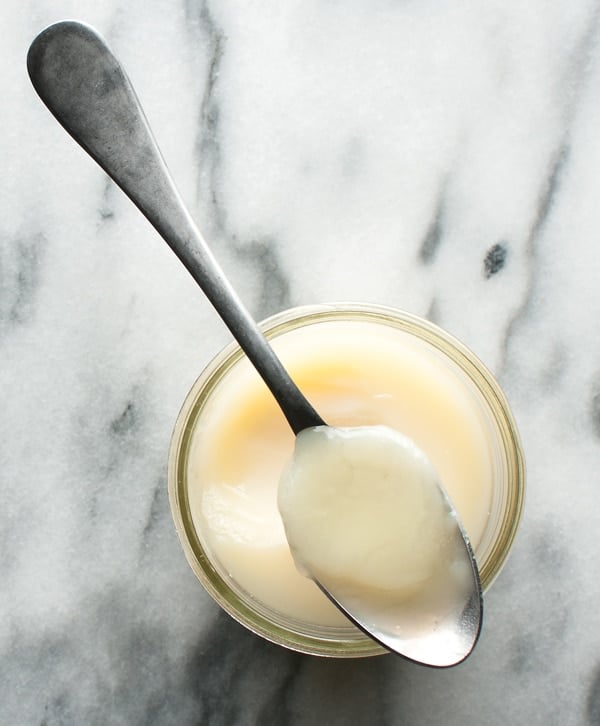
Domestic ducks and geese are the pigs of the air. They lay on thick layers of clean-tasting, delicious fat that is healthier for you than lard — and remember that fresh-rendered lard is healthier for you than butter. Other than fish fat, waterfowl fat is arguably the animal fat that is best for you. Here’s how to render duck fat at home.
If you are using store-bought ducks or geese — goose fat is more or less the same as duck fat — no need to worry; it’ll be good. If you are using wild ducks or geese you need to be a bit more careful.
The key is what they are eating. I am blessed with ducks and geese that winter in Northern California among the rice fields. It is not uncommon to see pintails or mallard with such a thick layer of white, rice-built fat that they look like little domestic ducks. I cook with it all year long. Corn-fed mallards will lay on more yellowish fat, and the birds shot out of the pea and barley fields of Canada are legendary. I’ve even shot obese wood ducks that had been eating acorns.
Your best bets are, in order of preference: pintails, wood ducks, specklebelly geese, green-winged teal, mallards, canvasbacks, wigeon, gadwall and other birds. In general, avoid spoonies unless you are absolutely certain they’ve been eating rice.
Avoid all sea ducks and most divers. Canada geese can be OK, but I generally won’t render fat from them.
So where do you get this wondrous fat?
Mostly from the pope’s nose, the tail of the bird. You cut this off and clean it well — after all, it includes the animal’s poop chute — and then cut it into pieces. You will also find good stores of fat around the bird’s gizzard and at the base of the neck.
Also remember that if you are parting your birds out (and have plucked them), you can slice a lot of fatty skin off the duck’s back. And if the breast is pretty shot up? Pull the skin off and render that, then use the beat-up meat for burger. All in all there’s quite a bit of fat to be had if you know where to look.
Here is a quick video we made on how to render duck fat:
Once you have your fatty bits, wash them all in cold water and cut them into smallish pieces with shears. Put them all into a frying pan set over medium heat. Add just enough water to cover the fatty bits. The fat will begin to render out immediately into the water, which, as the water boils, will evaporate — but not before rendering enough fat to allow the bits to continue rendering slowly without scorching.
Once the water boils away, drop the temperature to low and watch the fat, which will be yellow and milky. At some point, about 30 to 45 minutes later, the fat will turn clear. Now you’re ready.
Set up a strainer over a glass container to hold the fat in; I use pint Mason jars. Set a paper towel into the strainer and pour the contents of the pan into it. All the impurities will stay with the paper towel. When the fat is done dripping, about 15 minutes, pour the liquid gold into a container, cover it and keep it in the fridge. It will last a year there, and indefinitely in the freezer.
What to do with the leftover cracklins? They are a little hard to eat like pork cracklins’, so I use them in my recipe for Mexican chicharron en salsa verde.
Once you have your fat, use it to cook with. It’s great with potatoes, to cook greens in, to start the pan when you cook a duck breast, and it is indispensable when making duck confit.
How to Render Duck Fat
Ingredients
- 1 pound duck fat with skin
- Water to cover
Instructions
- Chop the duck fat into little pieces with kitchen shears. If you are working with the tails, snip away the oil gland. It's OK to have bones here and there, but if you are going to later eat the cracklins', you will want to remove any bones.
- Put the pieces in a pot and cover with water by just a little. Turn the heat to high, stir well and boil this. As the water boils away, you will want to reduce the heat so that ultimately, the pieces are frying in their own fat.
- Later, that fat will turn from milky to clear, and the bubbling will slow down. Strain the fat off the cracklins. Pour the clean fat into a Mason jar and refrigerate for up to 6 months, or freeze indefinitely.
Nutrition
Nutrition information is automatically calculated, so should only be used as an approximation.

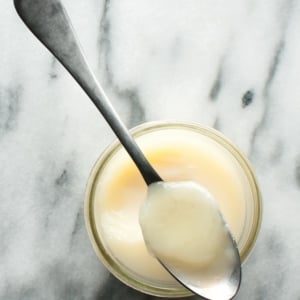
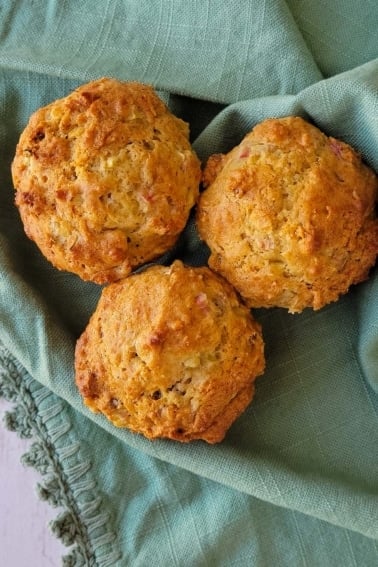

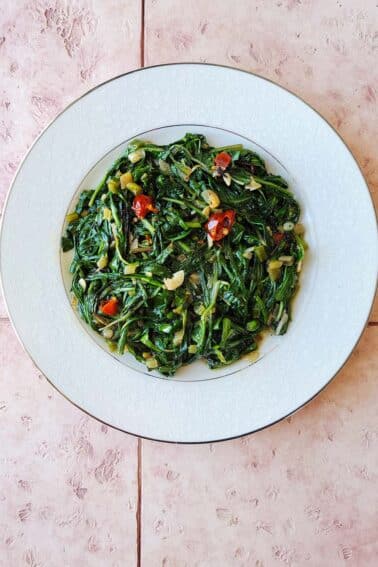
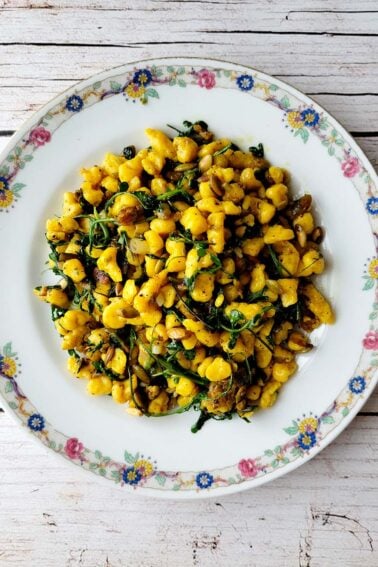
Omg.
So much amazing duck fat. Usually I just get fat from roasting a whole duck, but I actually now think you get the most fat by breaking the birds down, cutting off as much fat as possible, and doing this. Duck fat is easily the best fat for cooking in my opinion and I’ll be doing this with every single duck I get!
Why haven’t I been doing this?? We’ve had some really fat ducks in previous years and I always enjoyed how tender they were once roasted with all that fat. I guess I just never gave much thought to cooking with the duck fat or how everyone “got” duck fat until my recent fascination with sous vide. Thanks for all your recipes and hard work!
Thanks for the great info I now render duck fat and make duck stock. I respect the game I harvest. I like the fact that I’m using as much of the bird as possible. It’s not very difficult and it really completes the recipes that I use with it.
Hello,
I’m wondering if this process is meant to be done with a raw duck or after cooking. I was going to buy a cooked duck at whole foods and saw this. Also there’s a lot of asian markets that sell whole cooked ducks and I’m wondering if the flavoring they would use would make the fat taste funny for a lot of the things you mention using the fat for.
Jen: Raw duck.
Hank, I am curious about your advise to use the tail as a great source of fat. How do you avoid the oil gland, as that has a very strong and unpleasant flavor? We raise domestic geese and ducks, mallard-derived and Muscovy. Thank you.
Polly: The oil gland does not have a strong or unpleasant flavor, at least when you are rendering the tail out for fat. I’ve done this for almost 20 years with all species of ducks and it’s never ever been a problem.
Once the fat is drained you can keep frying the skin for some seriously delicious crispy skin scratching nibbles.